The Hard Work of Stewarding Natural Lands
The amazing features of Longwood Gardens are found throughout a large expanse of natural lands. Maintaining these beautiful gardens is clearly the result of hard work and skill. But caring for those natural lands takes a lot of work as well – especially since there are over 600 acres of natural lands to steward. Learn more about what it takes to support the perimeter and natural lands at this beautiful garden.
The many beautiful gardens, fountains, historical buildings, and conservatories of Longwood Gardens make up less than half of the garden’s 1,100-acre grounds. Surrounding and stretching beyond these elements are some 600 acres of beautiful Pennsylvania habitats. These forests, meadows, and wetlands, along with a bit of agricultural land, are maintained by Longwood as part of the garden’s commitment to sustainability – preserving the natural resources that support the garden long-term. Here the largest meadow in the region produces lovely blooms, bluebirds can find homes, and salamanders flourish.
Though these lands allow nature to be on display, that doesn’t mean the lands are left to their own devices. It takes a lot of hard work from garden staff to maintain and steward this natural landscape. This human intervention is needed as the natural processes have been impacted by various changes to the landscape over the centuries. Climate change, the introduction of invasive weeds, and changes to fire cycles, and more impact these habitats. Fortunately, Longwood Gardens’ Land Stewardship Team is up to the task.
From helping citizen scientists monitor bluebirds to conducting prescribed fires in the meadowlands, the Land Stewardship Team conducts a range of activities that support these important perimeter and natural lands. There are some seven to ten members of the team to take all the work on, plus the amazing volunteers. And yet it is still hard to keep up with everything that could be done to maintain, and learn about, these lands and the plants and animals they support.
Between all the monitoring (monitoring of birds, turtles, herpetofauna, and vegetation as part of several projects!), restoration, weed removal, and more, prioritizing the work can be a challenge. Longwood takes a participatory approach to prioritization – getting feedback and buy-in from the team about the activities to undertake and where restoration efforts should be focused. They also reference the “Soil to Sky Management Plan,” a strategic plan which lines outlines the high-level goals for the lands, making sure their activities fit in with the bigger picture.
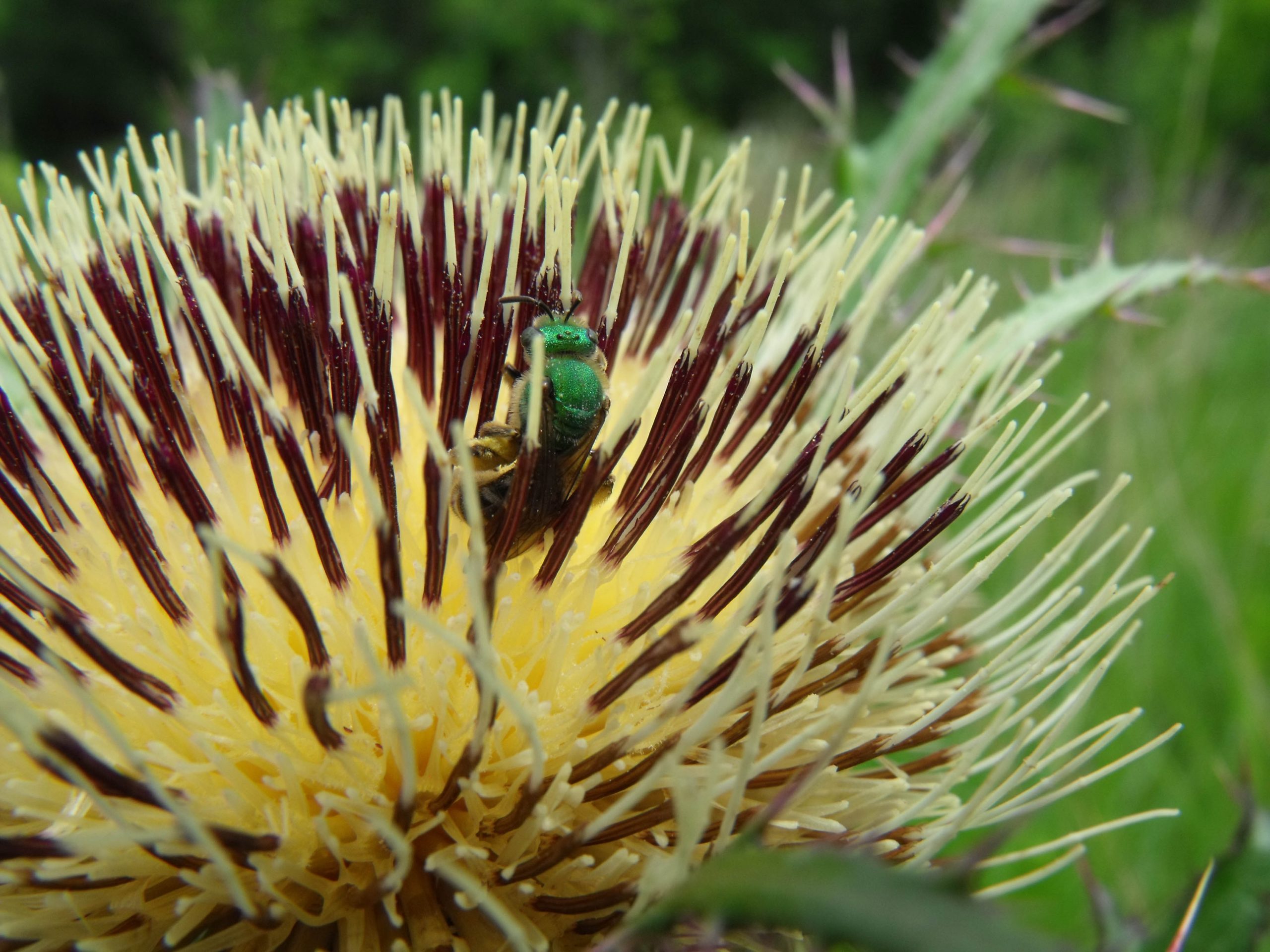
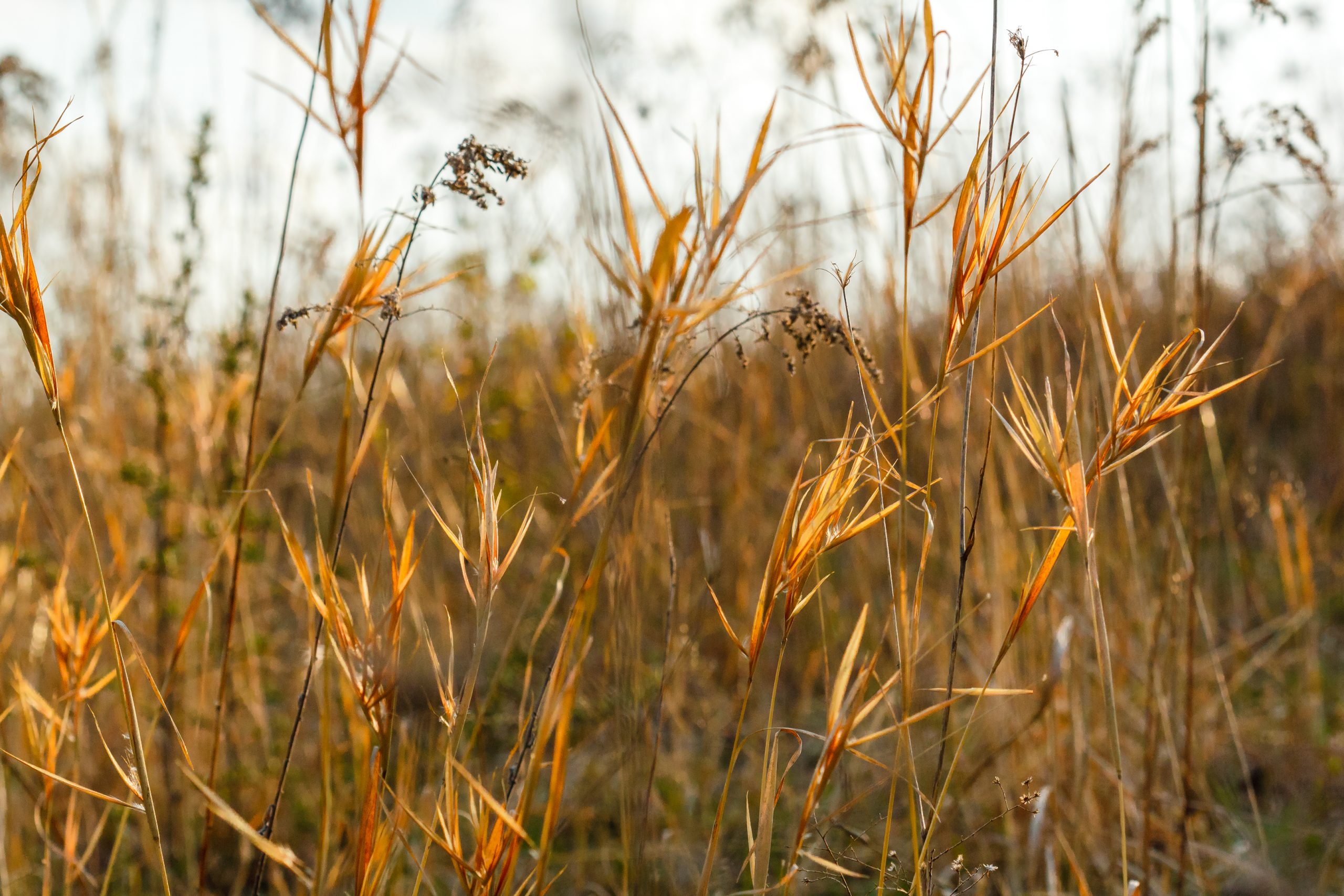
Conducting prescribed fires is definitely one of the activities that fits into the larger strategic plan. Fire is really a tool to help the stewardship team suppress weeds and promote native plants – including rarer species like Elliot’s bluestem (Andropogon gyrans). Burns occur each year and are quite the production. The team works with a local burn boss to make sure their goals can be achieved safely. They have to consider weather conditions, coordinate with various partners, abide by all the strict Pennsylvania controlled burn laws, and communicate with their neighbors. Longwood Gardens has many neighbors, and sending out hundreds of letters informing them of pending fires is just part of the communications checklist. But the results are worth it. Through fire, the staff are able to control the encroachment of woody plants and invasive weeds as well as promote nutrient cycling and improve germination of natives.
The Garden is able to burn sections of the meadow each year, with the goal of burning each section once in a three-year cycle. This approach creates a mosaic of different-aged sections of meadow, and thus a mosaic of habitats. Insects are important parts of any ecosystem, and many overwinter in the stems of perennial plants in the meadow – and are still present in the late winter-early spring when prescribed burns occur. But burning only sections preserves some habitat for the insects and animals that call the meadow home a place of refuge until the burned section recovers later in the spring.
Managing natural habitats for diversity and ecosystem health is a lot of hard work – not exactly a walk in the park. But for the visitors of Longwood Gardens, appreciating the results of the land management effort can be just that. Outreach is an important use of the Natural Lands, and the daily activities offered include daily bird and plant walks. In fact, expanding and integrating educational, outreach, research, and interpretational efforts is one of the goals within the Soil to Sky strategic plan.
The hard working natural lands team is succeeding in their goals. The lands are lush with life, including some 21 plants of various degrees of rarity. Their work also protects the headwaters of three watersheds. They share the results of their efforts with other land managers in the area. And very importantly, they are sharing an important story of biodiversity – and what it takes to conserve it – with the 1.4 million visitors who come through Longwood Gardens each year amplifying the impact of their hard work.
-
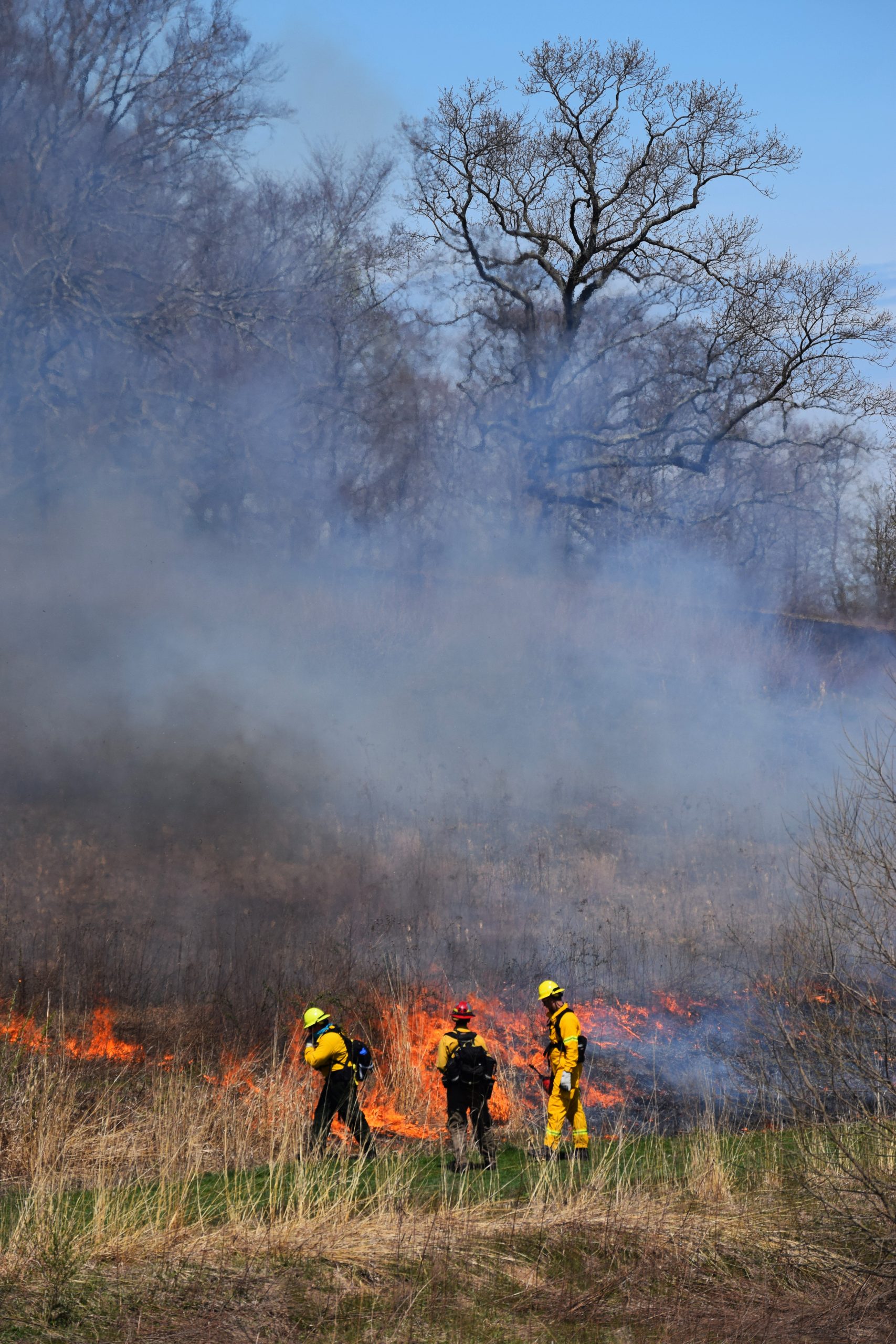
Crew members participate in a prescribed burn in the Meadow Garden at Longwood Gardens. Photo: Kirsty Wilson, courtesy of Longwood Gardens. -
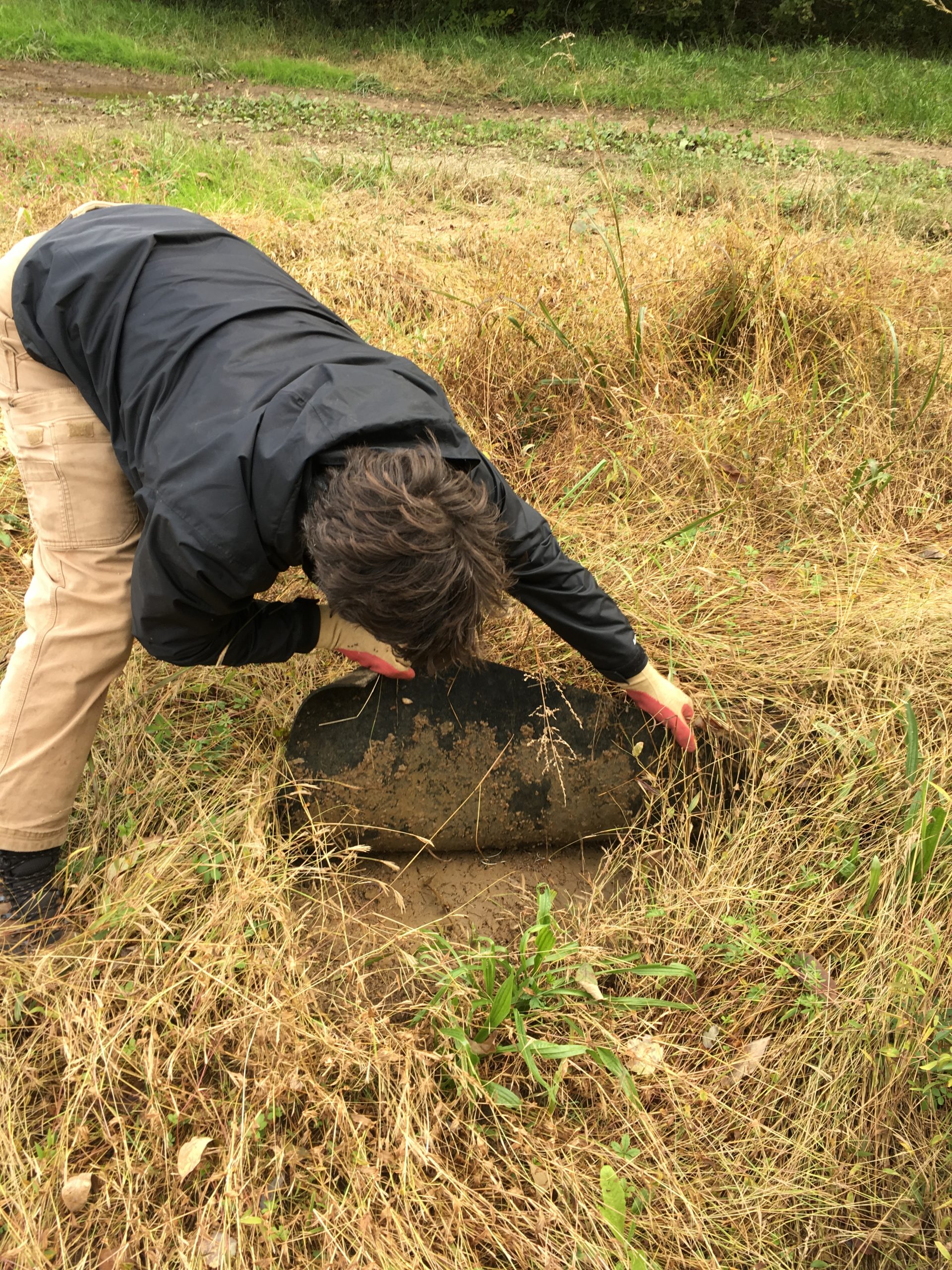
The Natural Lands Team of Longwood Gardens is using coverboard surveys to determine the presence of various herpetofauna in the forests, shrublands, and meadows of Longwood Gardens’ natural lands. These surveys take place during spring, summer, and fall. The data gained through these surveys are evaluated to assess the health and faunal diversity of Longwood Gardens’ ecosystems and inform future land management activities. Photo: Cooper Calvin, courtesy of Longwood Gardens. -
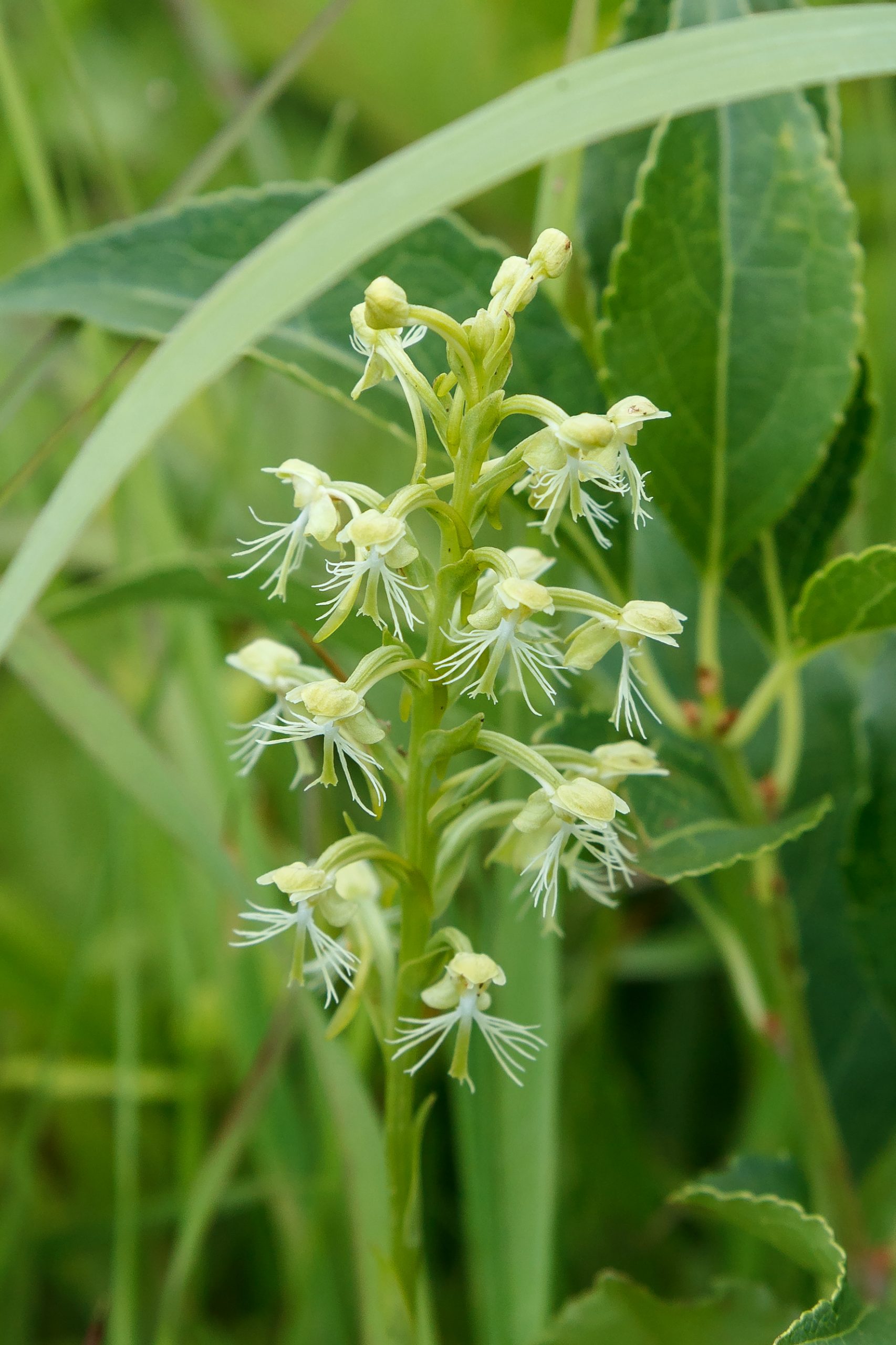
Platanthera lacera is one of six Platanthera species in Longwood’s Pennsylvania native orchid conservation program. It is a rare plant that is on the conservation watch list for Pennsylvania. Photo: courtesy of Longwood Gardens.